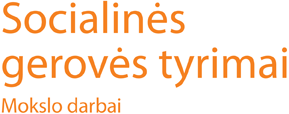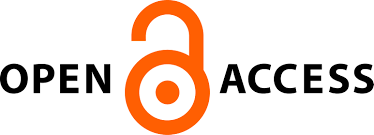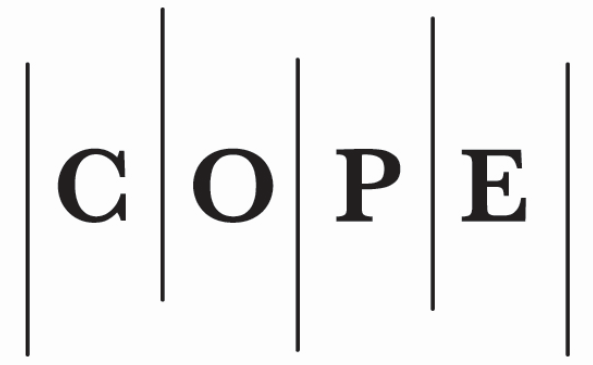TESTING THE EFFECT OF PRESCHOOL EDUCATION ON FOURTH GRADE STUDENTS’ MATHEMATICS ACHIEVEMENT IN THE TIMSS 2015: THE LITHUANIAN CASE
plugins.themes.bootstrap3.article.main69459b9a86531
Santrauka
The Lithuanian education system, along with many others, might address the problem of educational inequality. One of its strategic educational goals is to narrow the achievement gap in terms of socioeconomic status (SES) by ensuring equal opportunities for children from families of different SES backgrounds to optimally develop their competencies during school years. However, the findings suggest that not only did the achievement gap between students not narrow, but it significantly widened between 1995 and 2015 – based on the 20-year trend in International Mathematics and Science Study (TIMSS) (Broer, Bai, & Fonseca, 2019). Affordable and high-quality preschool education can be seen as one of the most effective policies to reduce differences in competence between children from different SES backgrounds in the early stages of their development (European Commission/ EACEA/Eurydice, 2019). However, the long-lasting effect of preschool education on academic achievement in elementary school is debated, and these effects might differ depending on the elementary school environment to which children are exposed after preschool education (Ansari & Pianta, 2018). In this study, using Lithuanian data from the TIMSS 2015, we use 2-level random effects models to examine the links between the length of preschool education of students and their mathematics achievement in fourth grade. We ask the following research questions: 1) Is preschool education associated with students’ mathematics achievement in fourth grade in the TIMSS 2015, after controlling for the SES of students’ families? 2) What are the compositional and interactional effects, with respect to preschool education, on student achievement? The sample included 4529 fourth-grade Lithuanian students. For the analysis, we used all plausible values of mathematics achievement. The highest level of education of the parent was selected as the family SES indicator, and parents were asked how long their child had attended preschool. We ran seven 2-level random effects models with Mplus version 8.3. The dependent variable was mathematics achievement (all plausible variables), and independent variables within the student level were the preschool education of the individual student (further, preschool) and their SES. Within the school level, the independent variables were the school’s means of preschool education of students and SES. The results of the null model indicate that the differences between schools explain 24.6% of the variation in the mathematics achievement of fourth grade students. Model comparison based on AIC and BIC values shows that the random slope model for SES with student-level preschool and school-level SES and preschool predictors, and with preschool cross-level interaction, (model 5) is the best suited to explaining mathematics achievement in the TIMSS 2015. The results indicate a significant positive effect of preschool education on mathematics achievement at the student and school levels. Longer preschool education is associated with higher academic achievement in primary school. In addition, a significant compositional effect regarding preschool education shows that collective school capital that occurs when many children attend preschool education for a longer time contributes to achievement, on top of its individual effect. However, the composition of the school based on preschool education strengthens the relationship within the school between the SES of students and their achievement level. Contrary to our expectations, it seems that if many students in the school attend preschool education for a longer time, a student with low SES derives less benefit from the joint school capital than other students. Based on these results, we can recommend the introduction of compulsory preschool education in Lithuania, as this policy might ensure the accessibility of preschool education to all children. In addition, our results show that there is a problem of educational inequality in Lithuania. The issue of the SES achievement gap needs to be further addressed in Lithuania, as the 2015 results show that in the cases of certain students and certain school conditions, preschool education not only did not narrow the SES achievement gap, but even strengthened it.
plugins.themes.bootstrap3.article.details69459b9a8a194
Skyrius
Edukologija
Šiam žurnalui suteikta Creative Commons Priskyrimas - Nekomercinis platinimas - Jokių išvestinių darbų 4.0 Unported licencija.
Autorių teisės ir leidybos teisės priklauso Mykolo Romerio universitetui.







